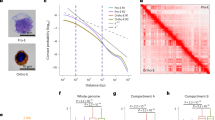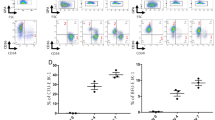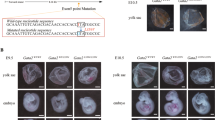Abstract
Capsaicin, the pungent component of chilli peppers, is known to induce mediators of hematopoiesis. We investigated the effect of capsaicin on hematopoiesis in mouse progenitor cells. Treatment of mouse bone marrow cells with capsaicin induced the formation of colony of burst-forming units-erythroid (BFU-E). We also found that the number of erythropoietin receptor (EpoR)-positive cells was increased by capsaicin. To clarify the effect of capsaicin on erythroid lineage, BFU-E colonies were separated from non-BFU-E colonies by colony-picking after in vitro culture of mouse bone marrow cells. Quantitative RT-PCR analysis revealed that capsaicin stimulated the expression of the erythroid-specific genes encoding EpoR, glycophorin A (GPA), β-globin (Hbb-b1), GATA-1, PU.1, nuclear factor erythroid-derived 2 (NF-E2), and Kruppel-like factor 1 (KLF1) in the BFU-E colonies. Furthermore, capsaicin could effectively stimulate the transfected GATA-1 promoter in K562 cells. GATA-1 is known as an essential transcription factor for the development of erythroid cells. Our results show that development of the erythroid lineage from bone marrow cells can be induced by treatment with capsaicin, and that GATA-1 seems to play a role in this induced erythroid maturation.
Similar content being viewed by others
Article PDF
Author information
Authors and Affiliations
Rights and permissions
This is an Open Access article distributed under the terms of the Creative Commons Attribution Non-Commercial License (http://creativecommons.org/licenses/by-nc/3.0/) which permits unrestricted non-commercial use, distribution, and reproduction in any medium, provided the original work is properly cited.
About this article
Cite this article
Lee, SA., Ryu, YS., Choi, HI. et al. Capsaicin promotes the development of burst-forming nits-erythroid (BFU-E) from mouse bone marrow cells. Exp Mol Med 39, 278–283 (2007). https://doi.org/10.1038/emm.2007.31
Published:
Issue date:
DOI: https://doi.org/10.1038/emm.2007.31
Keywords
This article is cited by
-
Reply
World Journal of Surgery (2008)



